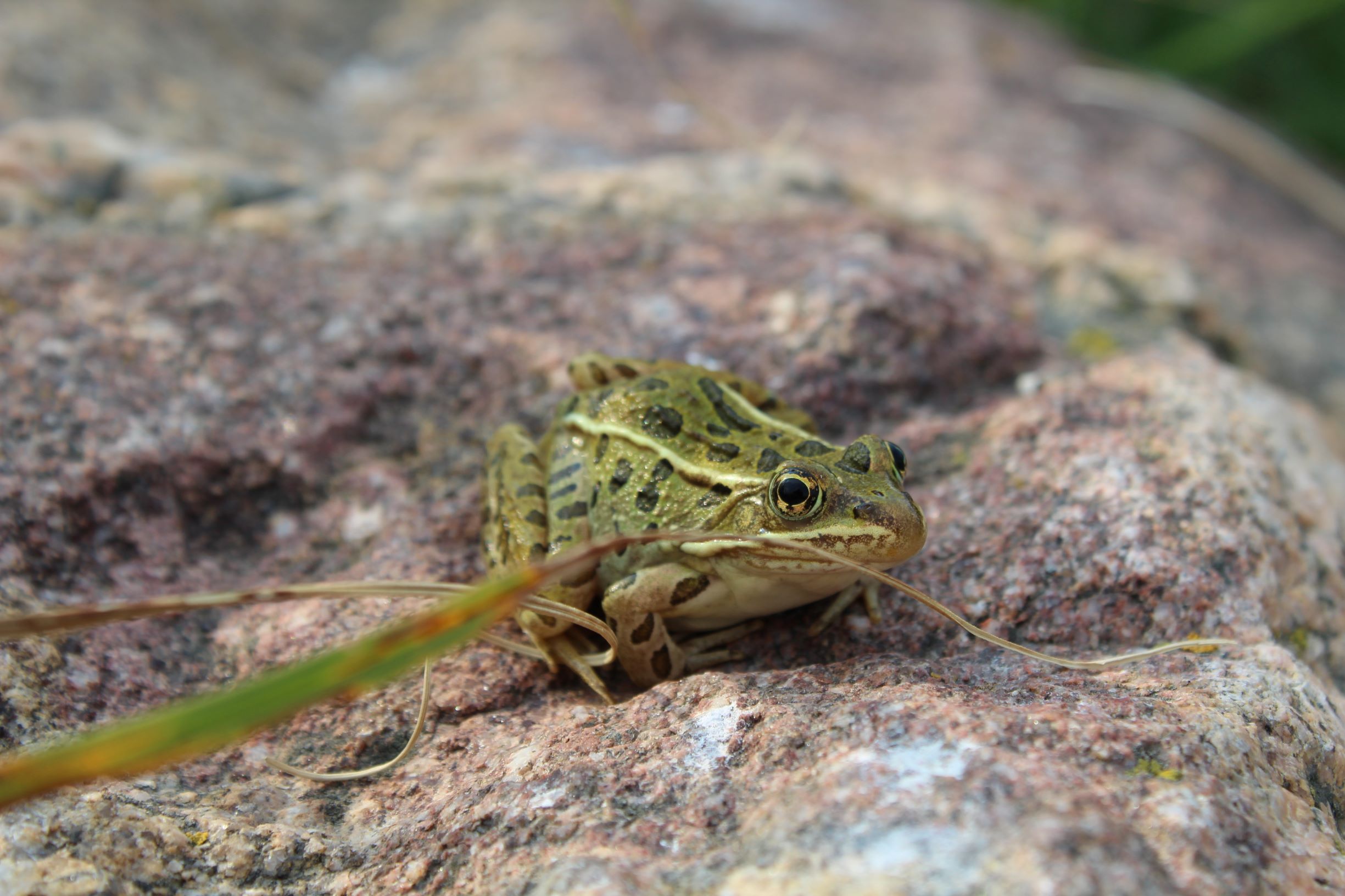
The SEAWA watershed serves as habitat for a huge variety of animals. Everything from birds to bears makes its home within the watershed. Animals serve many purposes in the region, for the benefit of nature as well as humans. Plant communities and insect populations particularly rely on animals for a variety of reasons. Additionally, wild animals are beneficial to humans for improving the health of productive land, as well as for recreation and food.
Unfortunately, while Southeastern Alberta is home to a great deal of thriving species, there are also several species at risk present in the region, and in fact the majority of Alberta's species at risk are found within the grasslands of the province's southern extents. With the expansion of human settlements, effects of climate change, and spread of invasive species, animals in Southeast Alberta are threatened, and some species listed on this page are already considered 'at risk'.
With these concerns in mind, it is important to enjoy the beauty and bounty of the region's wildlife in a responsible manner.

For Hunters and Trappers
Below is a list of resources regarding hunting, trapping, and wildlife management:
- Alberta Fish and Wildlife Resources
- Alberta Guide to Hunting Regulations
- Hunter Education
- Hunting Licenses and Fees
- Trapping Regulations & Education
Common Animals in the SEAWA Watershed
Birds
Here is some information about sensitive bird habitat in the Medicine Hat Area, compiled by a SEAWA member:
Bird Sensitive Habitat Within Medicine Hat City Limits - Phil Horch (88.02 KB)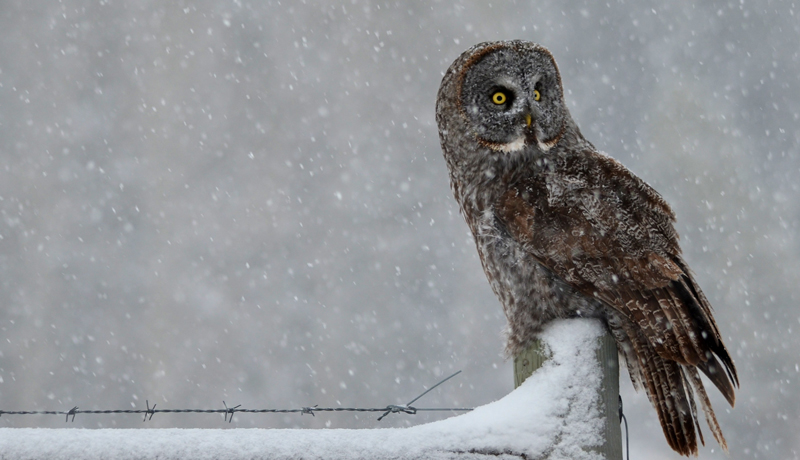
Birds of Prey
- American Kestrel (Falco sparverius)
- Merlin (Falco columbarius)
- Peregrine Falcon (Falco peregrinus)
- Prairie Falcon (Falco mexicanus)
- Sharp-shinned Hawk (Accipiter striatus)
- Broad-winged Hawk (Buteo platypterus)
- Ferruginous Hawk (Buteo regalis)
- Northern Harrier (Circus hudsonius)
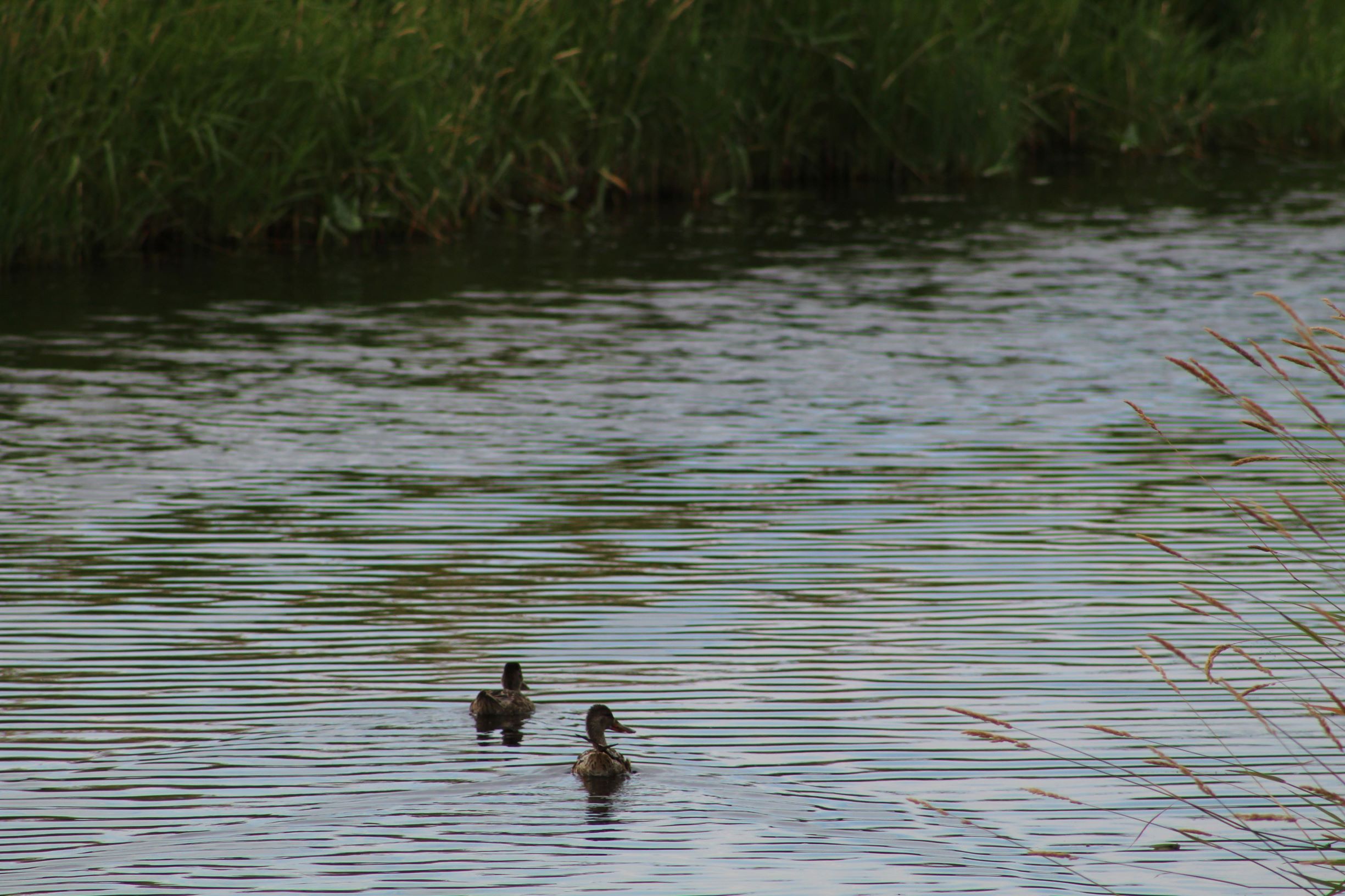
- Osprey (Pandion haliaetus)
- Red-tailed Hawk (Buteo jamaicensis)
- Swainson’s Hawk (Buteo swainsoni)
- Golden Eagle (Aquila chrysaetos)
- Bald Eagle (Haliaeetus leucocephalus)
- Turkey Vulture (Cathartes aura)
Owls
- Burrowing Owl (Athene cunicularia) - Locally Endangered
- Great Horned Owl (Bubo virginianus)
- Long-eared Owl (Asio otus)
- Snowy Owl (Bubo scandiaca)
- Short-eared Owl (Asio flammeus)
- Great Gray Owl (Strix nebulosa)
Grouse and Related Birds
- Wild Turkey (Meleagris gallopavo)
- Gray Partridge (Perdix perdix) - Introduced
- Ring-necked Pheasant (Phasianus colchicus) - Introduced
- Greater Sage-Grouse (Centrocercus urophasianus) - Locally Endangered
- Ruffed Grouse (Bonasa umbellus)
- Sharp-tailed Grouse (Tympanuchus phasianellus)

Shorebirds & Waterbirds
- American White Pelican (Pelecanus erythrorhynchos)
- Double-crested Cormorant (Nannopterum auritum)
- White-faced Ibis (Plegadis chihi)
- Killdeer (Charadrius vociferus)
- Willet (Tringa semipalmata)
- Least Sandpiper (Calidris minutilla)
- Wilson's Snipe (Gallinago delicata)
Waterfowl
- Canada Goose (Branta canadensis)
- Cackling Goose (Branta hutchinsii)
- Snow Goose (Anser caerulescens)
- Mallard (Anas platyrhynchos)
- Northern Shoveler (Spatula clypeata)
- Ruddy Duck (Oxyura jamaicensis)
- Blue-winged Teal (Spatula discors)
- Common Loon (Gavia immer)
- Redhead (Aythea americana)
Songbirds
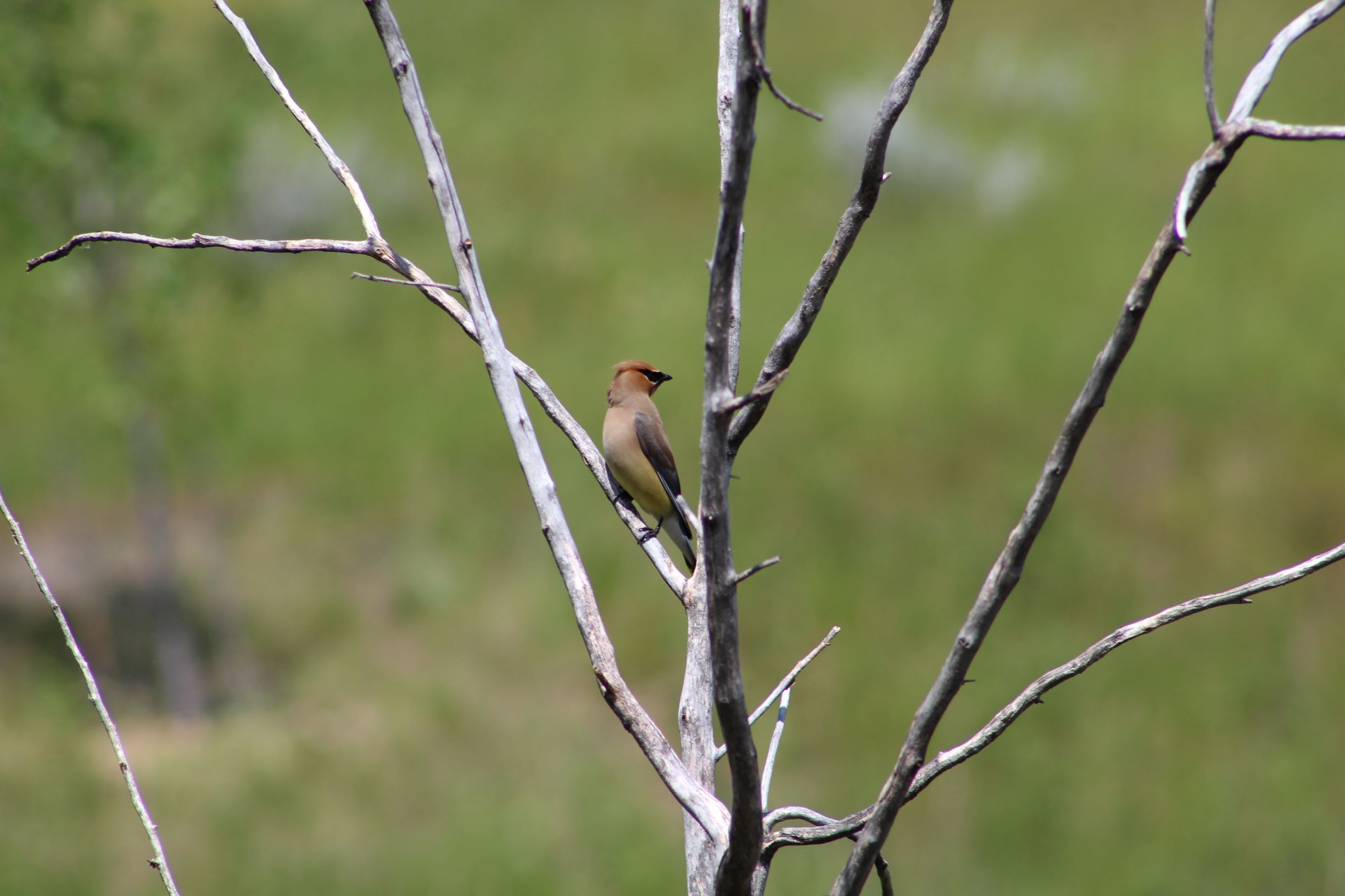
- Red-winged Blackbird (Agelaius phoeniceus)
- Yellow-headed Blackbird (Xanthocephalus xanthocephalus)
- Gray Catbird (Dumetella carolinensis)
- Baltimore Oriole (Icterus galbula)
- Cedar Waxwing (Bombycilla cedrorum)
- American Robin (Turdus migratorius)
- Western Meadowlark (Sturnella neglecta)
- Common Grackle (Quiscalus quiscula)
- Brown-headed Cowbird (Molothrus ater)
- Black-capped Chickadee (Poecile atricapillus)
- Eastern Kingbird (Tyrannus tyrannus)
- Blue Jay (Cyanocitta cristata)
- American Crow (Corvus brachyrhynchos)
- Black-billed Magpie (Pica hudsonia)
- Rock Pigeon (Columba livia)
- Mourning Dove (Zenaida macroura)
Woodpeckers
- Downy Woodpecker (Dryobates pubescens)
- Hairy Woodpecker (Dryobates villosus)
- Northern Flicker (Colaptes auratus)
For information about birding in the SEAWA watershed, see Southeastern Alberta’s Birding Trails.
Click here for the Official List of the Birds of Alberta
Amphibians and Reptiles
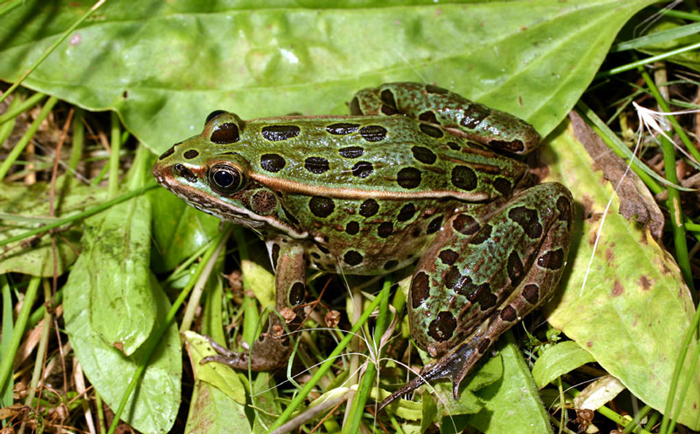
Amphibians
- Northern Leopard Frog (Lithobates pipiens) - Locally Threatened
- Western Tiger Salamander (Ambystoma mavortium)
- Great Plains Toad (Anaxyrus cognatus)
- Plains Spadefoot (Spea bombifrons)
Reptiles
- Prairie Rattlesnake (Crotalus viridis) - Locally Threatened
- Plains Garter Snake (Thamnophis radix)
- Wandering Garter Snake (Thamnophis elegans vagrans)
- Bullsnake (Pituophis catenifer sayi)
- Plains Hog-nosed Snake (Heterodon nasicus)
- Western Painted Turtle (Chrysemys picta bellii)
- Greater Short-horned Lizard (Phrynosoma hernandesi) - Locally Threatened
Mammals

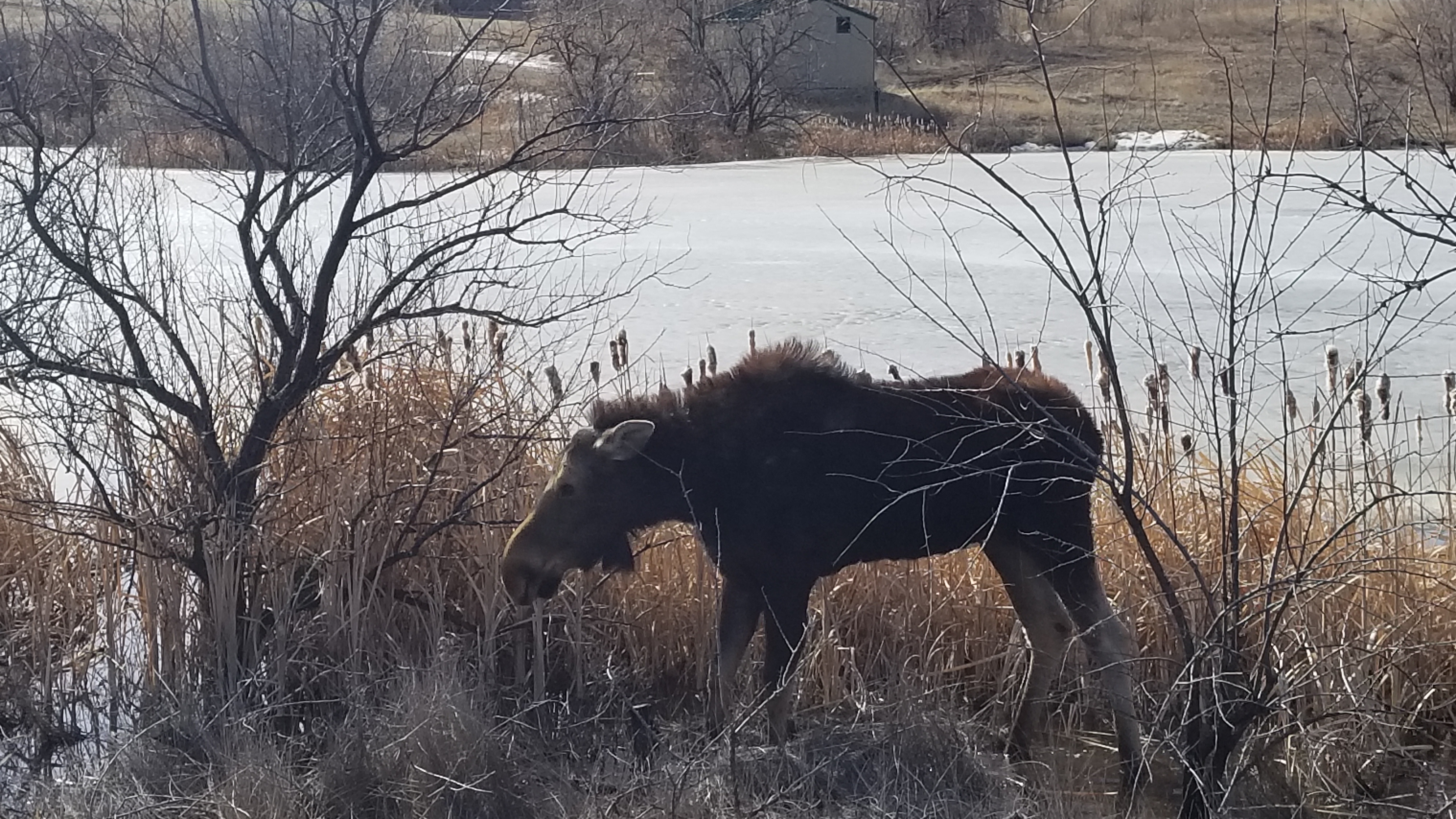
Bats
- Little Brown Bat (Myotis lucifugus)
- Big Brown Bat (Eptesicus fuscus)
- Western Small-footed Bat (Myotis ciliolabrum)
Ungulates
- Elk (Cervus canadensis)
- Moose (Alces alces)
- Mule Deer (Odocoileus hemionus)
- White-tailed Deer (Odocoileus virginianus)
- Pronghorn (Antilocapra americana)
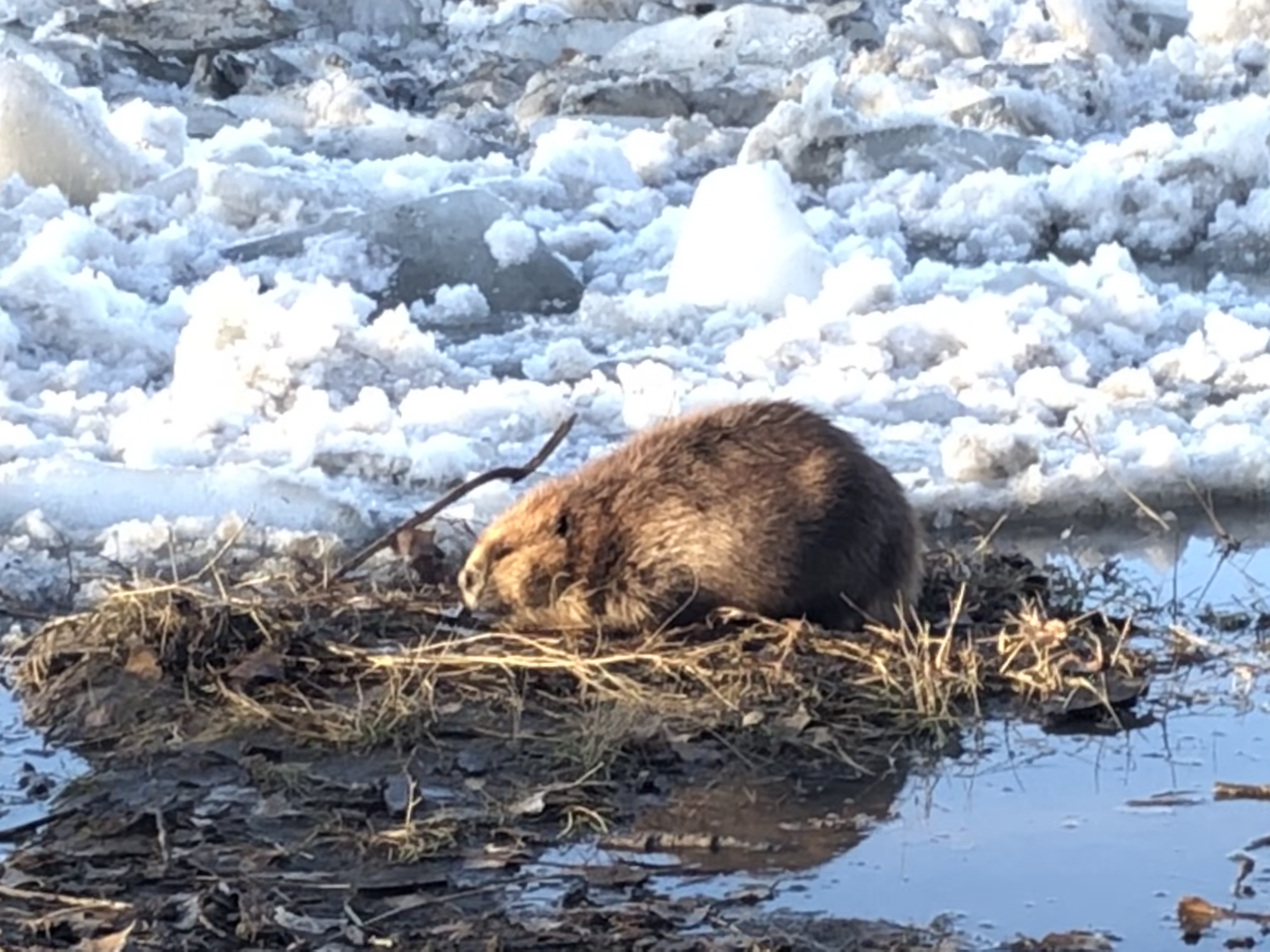
Rodents & Rabbits
- Richardson's Ground Squirrel (Urocitellus richardsonii)
- Meadow Vole / Field Mouse (Microtus pennsylvanicus)
- North American Beaver (Castor canadensis)
- Common Muskrat (Ondatra zibethicus)
- Canadian Porcupine (Erethizon dorsatum)
- American Red Squirrel (Tamiasciurus hudsonicus)
- Least Chipmunk (Neoamias minimus)
- Mountain Cottontail (Sylvilagus nuttallii)
- Snowshoe Hare (Lepus americanus)
- White-tailed Jackrabbit (Lepus townsendii)
Weasels & Relatives
- American Badger (Taxidea taxus)
- Short-tailed Weasel / Stoat (Mustela erminea)
- Striped Skunk (Mephitis mephitis)
Wild Cats & Dogs
Animal Invasive Species
- Feral Bunny / European Rabbit (Oryctolagus cuniculus)
- Wild Boar / Feral Pig (Sus scrofa)
- Brown Rat (Rattus norvegicus) - Periodic, mostly eradicated
- Common Starling (Sturnus vulgaris)